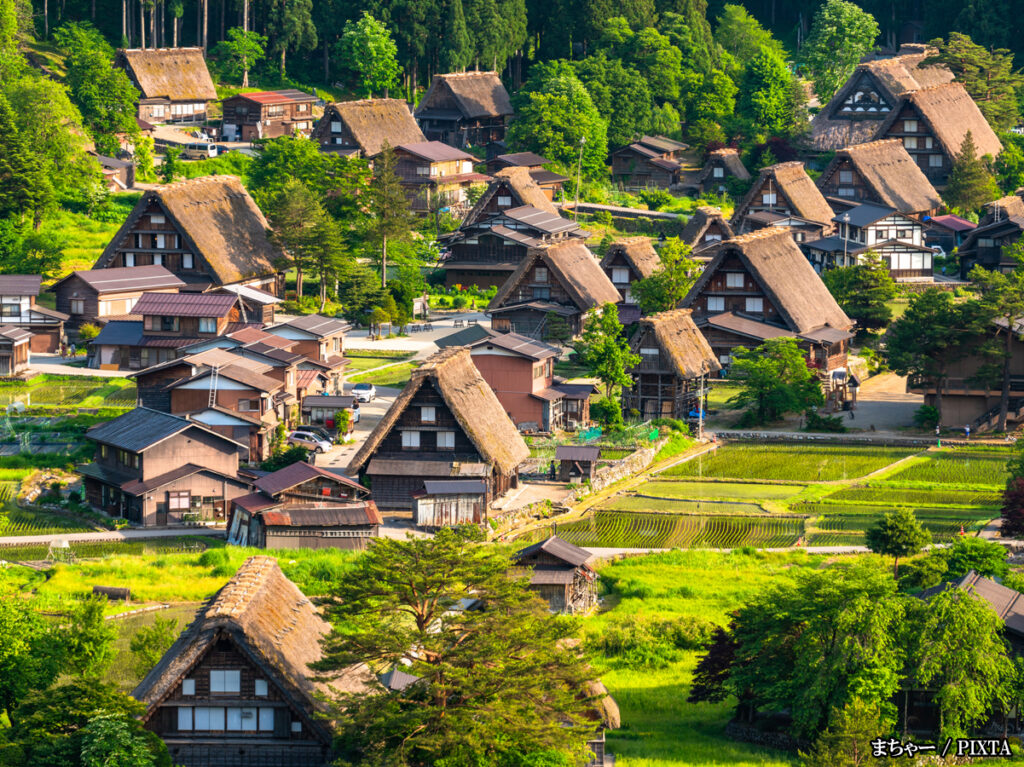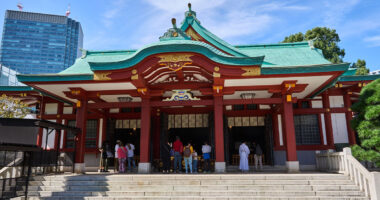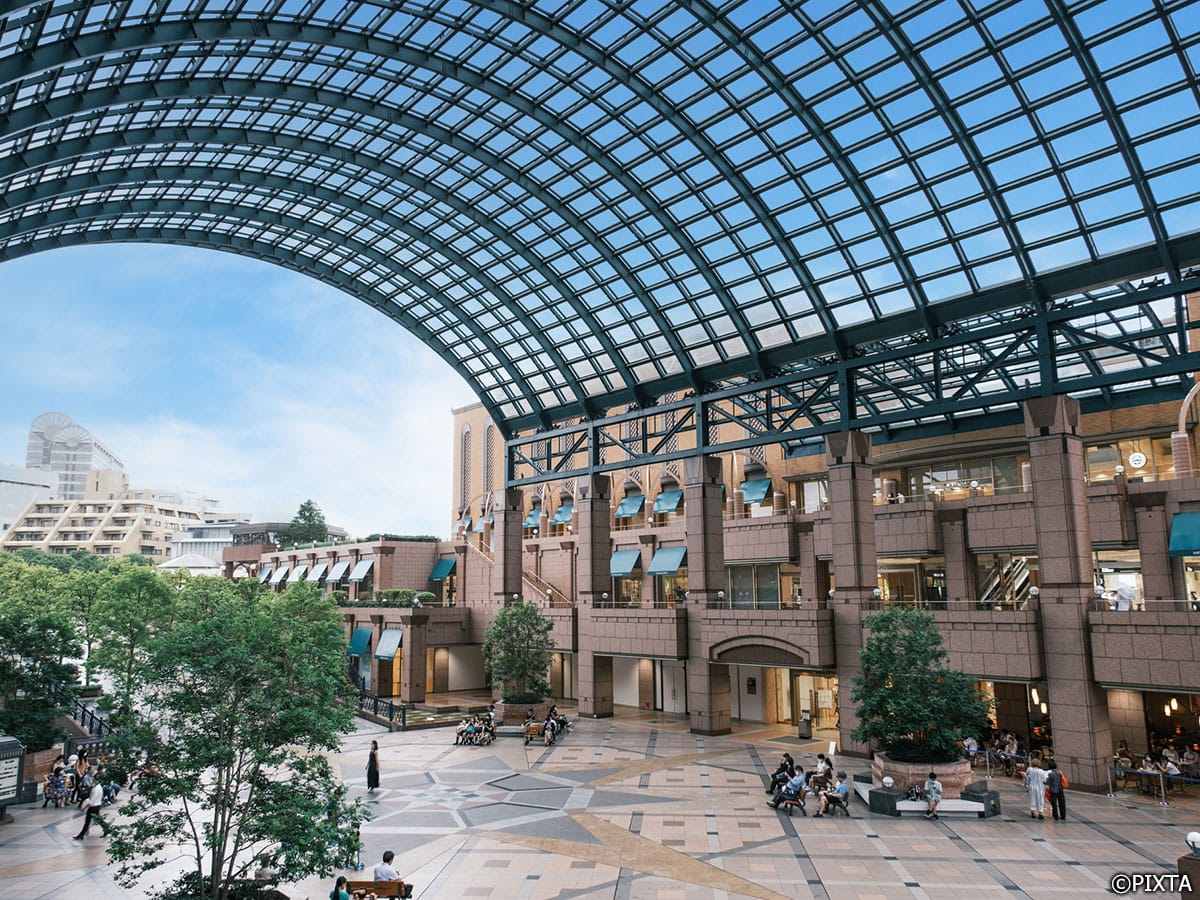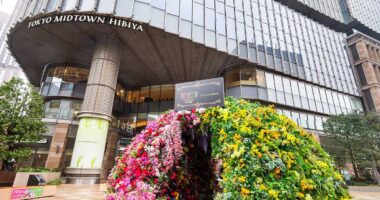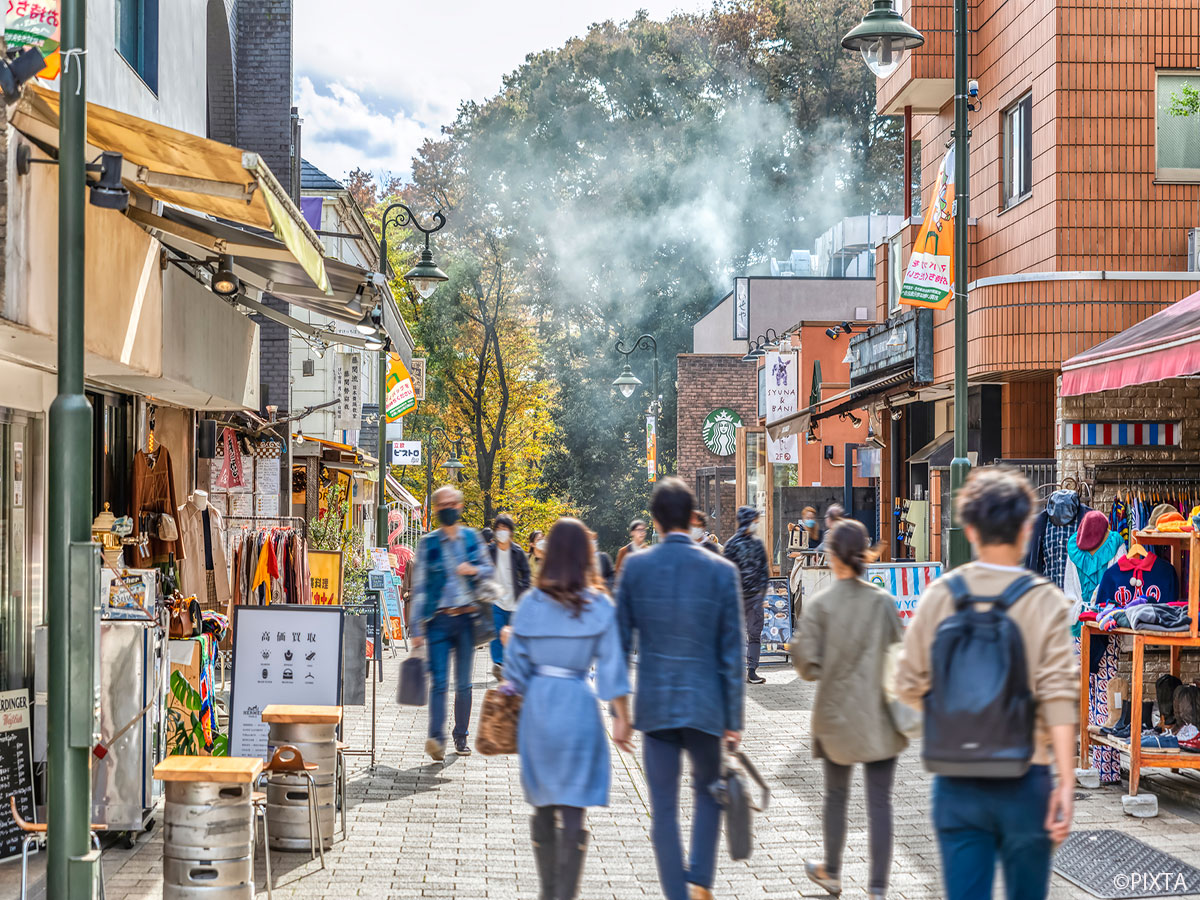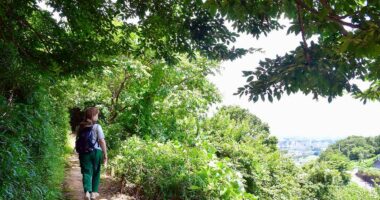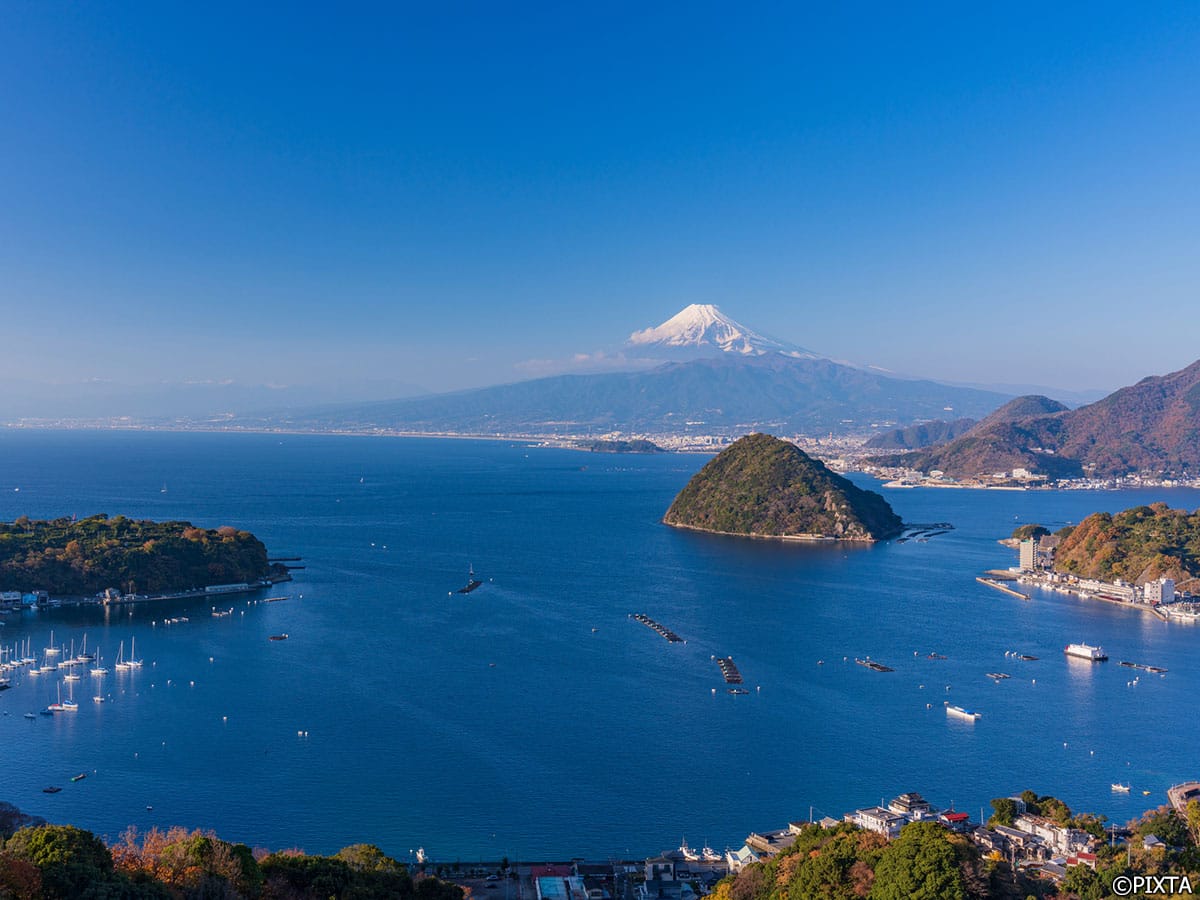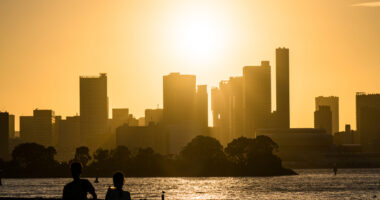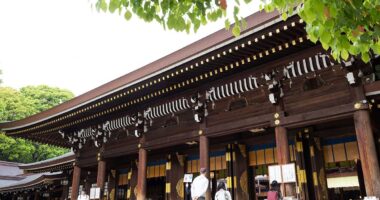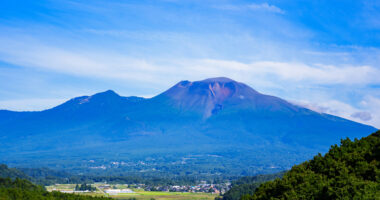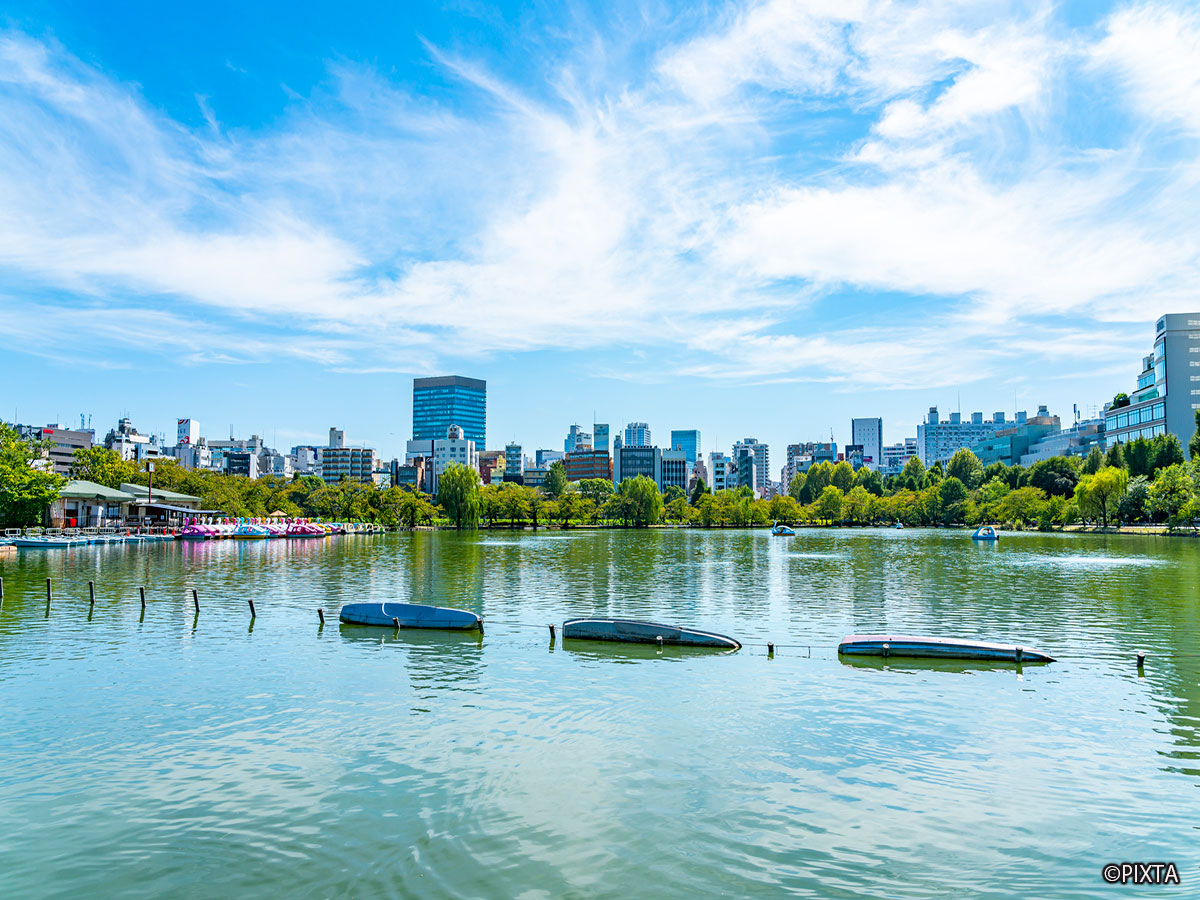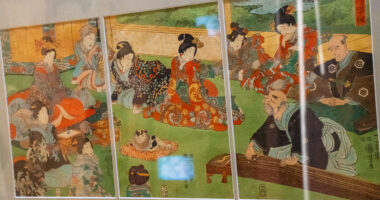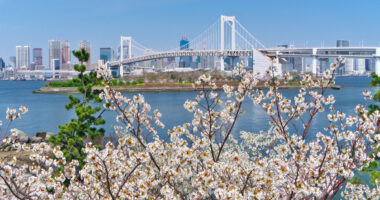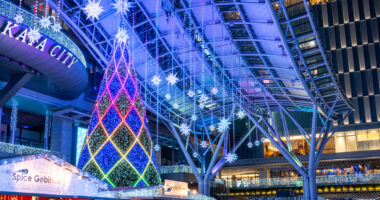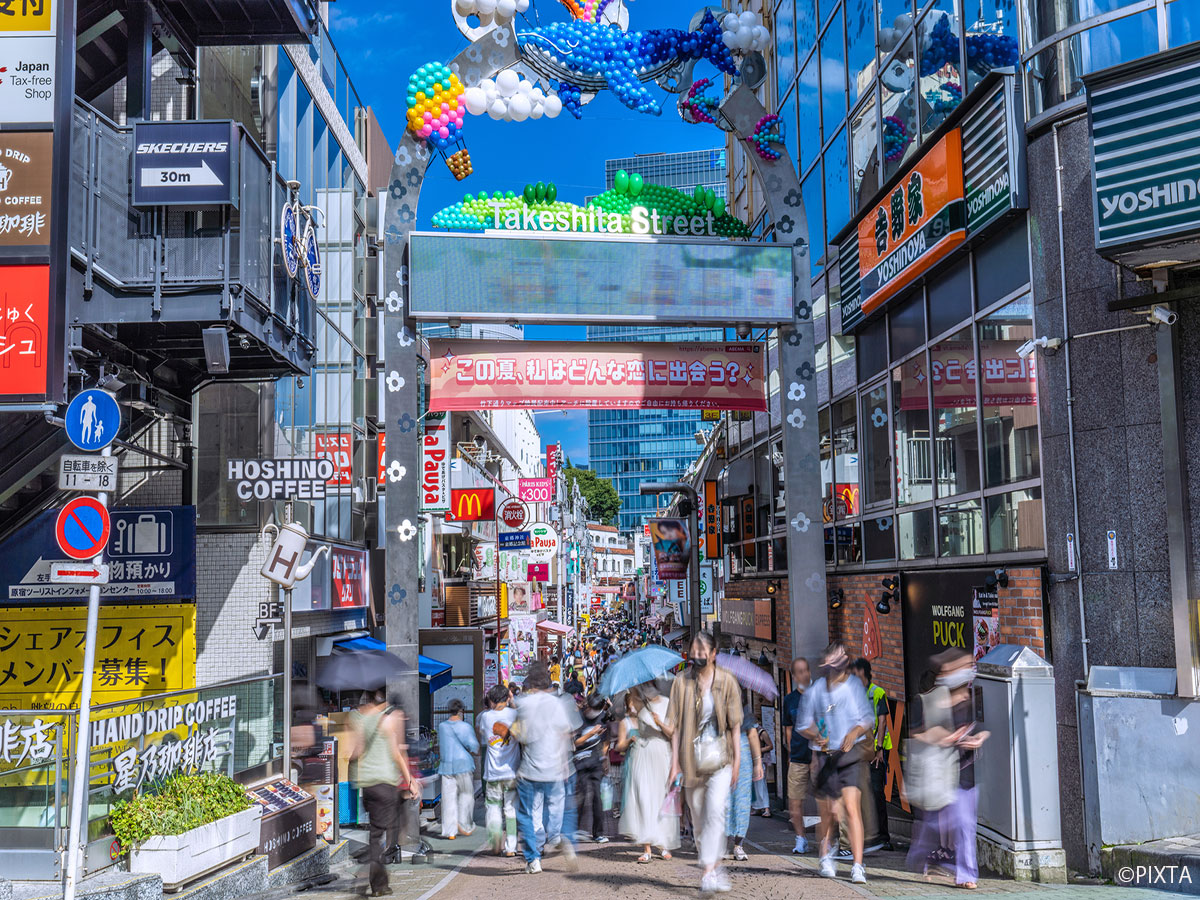Nestled in the scenic mountains of Gifu Prefecture, Shirakawago is one of Japan’s most beautiful and well-preserved traditional villages. Its iconic gasshō-zukuri farmhouses, recognized as a UNESCO World Heritage Site, draw travelers from around the world who wish to step back in time and experience Japan’s rural charm.
For international tourists visiting Shirakawago for the first time, there are a few things to consider to ensure a smooth and enjoyable experience. From the climate to cultural etiquette, this guide will help you make the most of your trip.
- What to expect in Shirakawago
- Dress smart for Shirakawago: what to bring for each season
- How to get around Shirakawago
- Useful Japanese phrases for tourists
- Cultural etiquette when entering traditional homes or shrines
- Tips for avoiding crowds and enjoying quiet spots
- Seasonal events and local traditions
- Useful tips for a comfortable and respectful visit
- Final thoughts
What to expect in Shirakawago
Shirakawago offers a serene and rural experience that contrasts sharply with the bustling metropolises like Tokyo or Osaka. The village is famous for its traditional gassho-zukuri farmhouses, characterized by steep, thatched roofs. The village’s history, dating back hundreds of years, is alive in the architecture, culture, and lifestyle of its residents.
Climate
Shirakawago has a temperate climate, but it can vary greatly depending on the season. Winters are harsh, with heavy snowfall transforming the village into a magical winter wonderland. Summers are pleasant, but it can be quite humid, with frequent rain. The spring and autumn months are especially lovely, as the surrounding mountains bloom with cherry blossoms in the spring and are painted in vibrant hues of red and orange during the fall.
Terrain
The terrain in Shirakawago is hilly and mountainous, which means that walking around the village involves some gentle inclines. The roads are mostly paved, but you should be prepared for some uneven paths, especially when visiting the historical farmhouses or shrines.
Language barriers
While many people in Shirakawago understand basic English, most of the locals speak Japanese, so it’s a good idea to prepare a few basic phrases to help communicate and show respect for the culture.
Dress smart for Shirakawago: what to bring for each season
Your clothing and gear for Shirakawago should match the season of your visit. Packing appropriately will make your trip far more comfortable and enjoyable.
Winter (December to February):
Winter in Shirakawago can be incredibly cold, with temperatures often dropping below freezing. Snow is common, and the village becomes a picturesque, snowy landscape. Snow boots are essential for navigating the slippery, icy roads.
Layer your clothing with thermal wear, a warm jacket, gloves, and a hat to protect against the cold winds. Don’t forget a scarf, as the chill can be biting in the mountains. Make sure your camera gear and electronics are protected from the snow, as wet conditions could damage them.
Spring (March to May):
Spring brings milder weather, but it can still be chilly in the early mornings and evenings. A light to medium-weight jacket is recommended, as temperatures can fluctuate. A raincoat or umbrella will come in handy as spring showers are common. Comfortable shoes for walking are a must, as you’ll be exploring the village’s uneven paths.
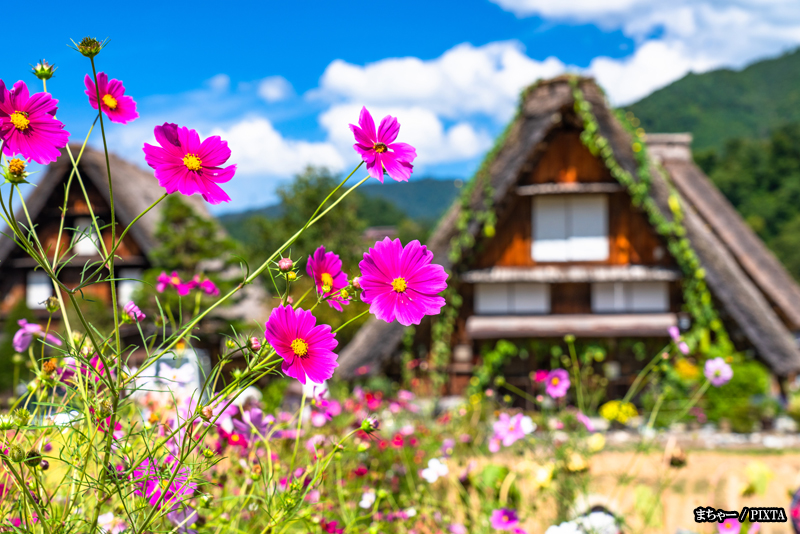
Photo for illustrative purposes
Summer (June to August):
Summers in Shirakawago can be humid, with occasional thunderstorms. Light clothing such as short-sleeved shirts, comfortable pants, and breathable footwear is ideal. However, be prepared for rain, so pack a light rain jacket or an umbrella. Sunscreen and sunglasses are also recommended to protect yourself from the strong summer sun. Don’t forget insect repellent, as mosquitoes can be common in rural areas.
Autumn (September to November):
Autumn is one of the best times to visit Shirakawago, with its stunning autumn foliage. Temperatures are comfortable, but it can still get a bit chilly in the evenings. A medium-weight jacket should suffice. As with spring, you should pack a raincoat or umbrella, as autumn is also a season for occasional showers.
How to get around Shirakawago
While Shirakawago is a small village, it does require some effort to navigate, especially if you plan on visiting multiple farmhouses or nearby attractions.
On foot
Shirakawago is best explored on foot, as most of its attractions are within walking distance. The main areas of the village are connected by a series of paved paths, which are generally easy to navigate. However, you should be prepared for some mild inclines as you make your way up to the farmhouses or shrines. Wear comfortable shoes suitable for walking long distances.
Shuttle buses
If you’re visiting during the peak tourist season, you might want to take advantage of the village’s shuttle bus which runs from the main road in Ogimachi (near Hakusuien restaurant) to the Shiroyama Observation Area. It’s especially helpful for visitors who might have limited time or physical constraints. The bus is punctual and easy to use, but you should check the schedule ahead of time to avoid long waits.
Bicycles
Some visitors prefer to rent bicycles to explore the village, and while this can be a convenient option, it’s important to note that the terrain can be hilly, making it a more strenuous way to get around. However, for those who enjoy cycling, it can be a unique way to see the area at a relaxed pace.
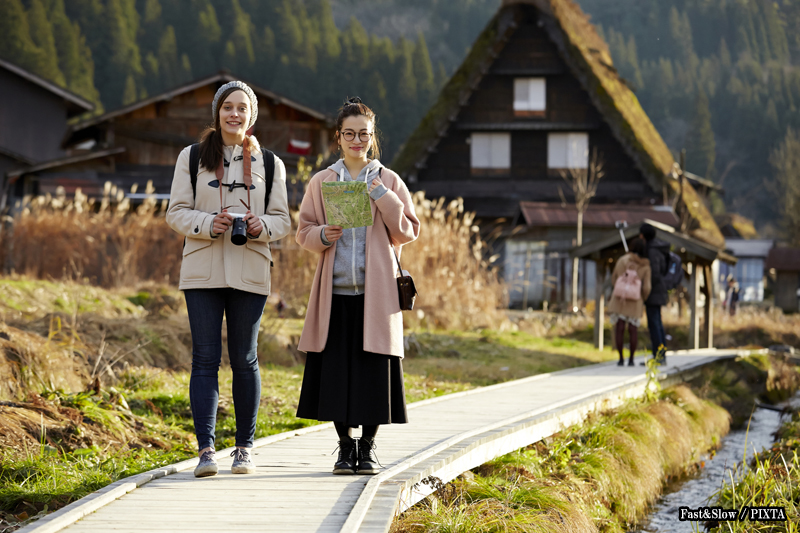
Photo for illustrative purposes
Useful Japanese phrases for tourists
Although locals in Shirakawago may understand basic English, taking the time to learn a few essential Japanese phrases shows respect for the local culture and helps you connect more easily with the community. Here are some useful phrases to help you communicate during your visit:
- Hello: konnichiwa
- Goodbye: sayōnara
- Excuse me: sumimasen (it can also be used to mean “sorry”)
- Please: onegai shimasu
- Thank you: arigatō gozaimasu
- Yes: hai
- No: iie
- Do you speak English?: eigo o hanasemasu ka?
- Where is [location]?: (location) wa doko desu ka?
Learning a few of these phrases can go a long way in making your visit more pleasant and fostering good relations with the local community.
Cultural etiquette when entering traditional homes or shrines
Shirakawago’s unique farmhouses and shrines are integral to the village’s charm, and when you visit these sites, it’s important to observe cultural etiquette.
Entering traditional homes
Several of Shirakawago’s traditional homes are open to visitors, and it’s important to be respectful when entering. You may be asked to remove your shoes when entering the house. In such cases, indoor slippers may also be provided for you wear.
If the house has tatami mats, however, you should remove these slippers before stepping on them, as tatami is considered a delicate material. Take care not to touch anything unnecessarily, especially historical artifacts or personal items.
At shrines and temples
When visiting shrines or temples in Shirakawago, it’s important to observe the proper etiquette. Before entering, wash your hands and mouth at the temizuya (purification fountain) as a sign of respect, if available. At the worship hall, make a small monetary offering at the offertory box before paying your respects. For details on the procedure which is different for shrines and temples, read our article here. When ringing a bell or gong (if there is one), ring it gently. Lastly, be respectful of the tranquility and sacredness of the space.
Photography etiquette
Always ask for permission before taking photos inside traditional homes, temples, or shrines, as some areas may have restrictions. Be mindful of others who may be seeking a quiet or reflective experience.
Tips for avoiding crowds and enjoying quiet spots
Shirakawago can become quite crowded, especially during peak tourist seasons. However, with a little planning, you can enjoy the village’s peaceful ambiance and avoid large crowds.
- Visit early or late:
The best times to explore Shirakawago are early in the morning or later in the evening, as these times tend to have fewer tourists. Early mornings allow you to experience the village as it wakes up, while evenings provide a tranquil atmosphere after the day’s visitors have left. - Explore less-visited areas:
While the main village area is undoubtedly charming, there are quieter spots worth visiting. Explore some of the gassho-zukuri farmhouses located on the outskirts of the village or take a short hike to a nearby viewing spot. This will give you a more peaceful experience away from the crowds. - Off-peak seasons:
If you can, visit Shirakawago during the shoulder seasons, such as early spring or late autumn. These times offer pleasant weather and fewer tourists.
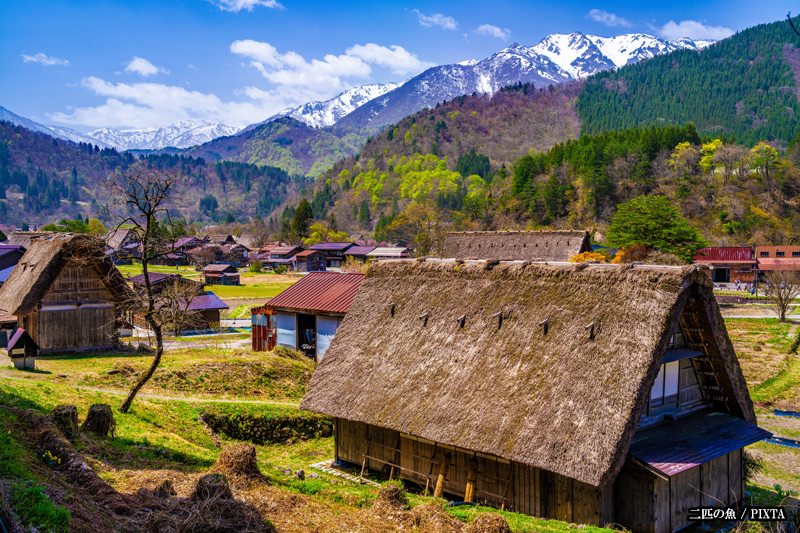
Photo for illustrative purposes
Seasonal events and local traditions
Experiencing Shirakawago during its seasonal events can add depth and authenticity to your visit. Each season has its own cultural charm and local festivals that allow travelers to see how residents preserve centuries-old customs.
Winter illumination (January-February)
One of the most anticipated events is the Shirakawago Winter Light-Up, where the snow-covered gassho-zukuri houses are illuminated in the evening. This magical sight draws visitors from around the world.
Due to its popularity, reservations for viewing areas are often required well in advance. Arriving early will ensure a more comfortable and memorable experience.
Spring rice-planting season
Spring marks the beginning of the rice-planting season in Shirakawago. If you visit in late April or May, you might witness villagers preparing the paddy fields and planting rice seedlings by hand, much like it’s been done for generations. Observing this process offers a unique glimpse into rural Japanese life.
Summer community gatherings and Bon odori
In August, during the Obon holiday period, traditional dances such as Bon odori are performed. While these events are more local in nature, tourists are often welcome to observe and even join the circle dances, depending on the event. Be respectful and follow the lead of locals when participating.
Autumn harvest celebrations
Autumn in Shirakawago is not just beautiful—it’s bountiful. During harvest time, villagers hold small festivals and community gatherings to celebrate. You might see displays of harvested rice, hanging persimmons, and seasonal decorations adorning the homes. One highlight is the Doburoku Festival (October 14–19), where locals brew and share doburoku, a sacred, unfiltered sake, accompanied by traditional rituals and dances.These community activities offer insight into the rhythm of life in the mountains.
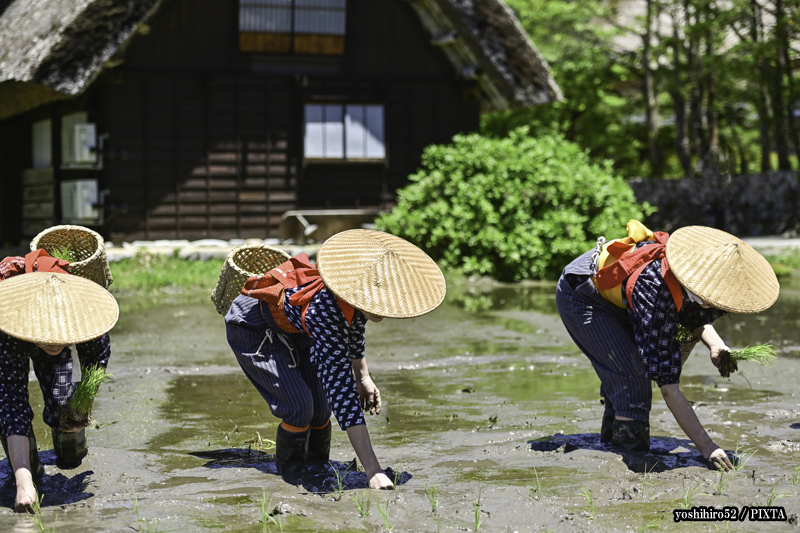
Photo for illustrative purposes
Useful tips for a comfortable and respectful visit
Beyond dressing properly and learning basic phrases, these tips can help make your visit smoother and more culturally sensitive.
Avoid large tour buses when possible
If you’re traveling independently, try to avoid arriving or leaving at times when large buses do. Mid-morning and late afternoon are often peak times for bus tours. Exploring early in the morning or after 3:00 PM often provides a quieter, more intimate experience.
Mind the footpaths and private areas
While many roads are open to the public, not every path is meant for tourists. Signs will usually indicate whether an area is private, but if you’re unsure, it’s best not to enter unless invited. Avoid walking through personal gardens or using local residents’ outdoor furniture.
Cash is king
While Japan is increasingly digital, many small places in Shirakawago still only accept cash. Although there are two post offices in the village with ATMs accepting international credit cards, it’s probably a good idea to bring sufficient Japanese yen before you arrive. Having small coins and notes also helps with entry fees at museums or donations at shrines.
Weather awareness
Check the weather forecast the night before your visit. In winter, snow can affect visibility and walking conditions. During the rainy season, trails may become muddy. Bring weather-appropriate gear and an extra pair of socks if needed.
Quiet times mean more peace
Avoid making loud phone calls, playing music on speakers, or speaking loudly in public areas. Shirakawago is appreciated for its calm atmosphere. Contributing to the peace will not only help you enjoy it more but also show respect for the local way of life.
Final thoughts
Shirakawago offers an unforgettable experience for international tourists seeking to immerse themselves in traditional Japanese culture. Foreign tourists can make the most of their visit by preparing ahead, respecting cultural norms, and exploring beyond the tourist hotspots.
Whether you’re admiring the craftsmanship of gassho-zukuri roofs or standing in awe of the breathtaking landscape, your time in Shirakawago will be filled with authentic encounters.
